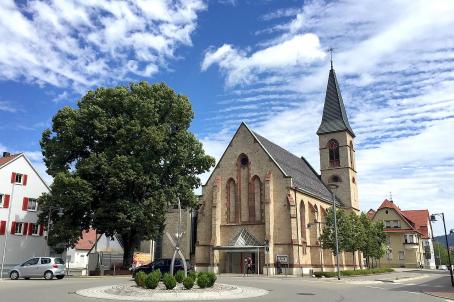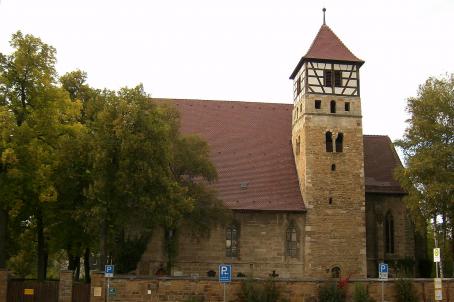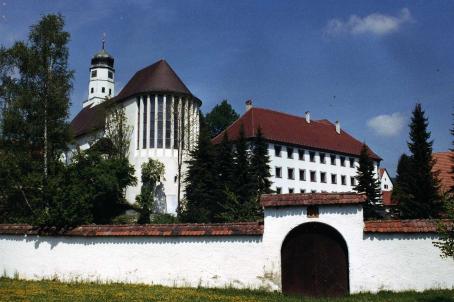Protestant Church

The Protestant church in the town of Balingen was built as a late Gothic church as an extension of the St. Nicholas' Chapel, first mentioned in the 14th century. It is said to have been raised to the status of a parish church around 1516. In 1760, the church tower was fitted with a sundial by Philipp Matthäus Hahn, and the great city fire of 1809 also affected the interior of the church. In 1861-62, all the keystones were repainted, as well as the paintings from 1613.





